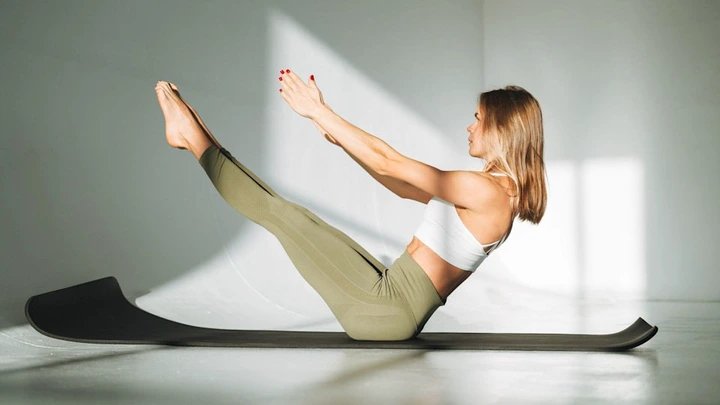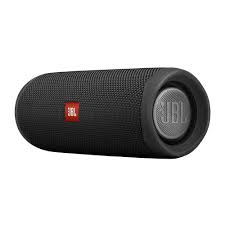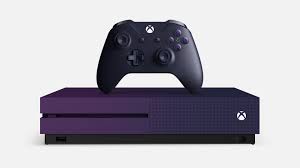Body toning exercises for women that actually work, according to experts.

Find out the truth about 'toning' muscles from experts, why recovery is important and the workouts that will have you looking lean and feeling great…
Young slim woman in sportswear practicing Pilates doing stretching on mat in modern studio
I know I'm not alone when I say I'm glad to see the back of the 'skinny' trend and instead see more women embracing the idea of strong. We have a long way to go, of course, but it's certainly positive that women are being encouraged not to bash themselves over calories and instead focus on a clean, balanced diet while prioritising muscle strength. We know that, as we age, having sufficient muscle strength will prevent us from injury and developing skeletal conditions, so it's more crucial than ever to get into the habit of working on our muscles, not for aesthetic beauty standards, but for our overall well-being.
So, where to begin? If you're new to strength training, it can sound daunting. But no fear, you don't need to necessarily run to your nearest gym and head straight for the 70kg bench press (in fact, we'd advise you not to). Rather, it's about getting informed on the safest and best ways to incorporate strength training into your exercise routine, especially if you're new to the game.
I'm someone who is passionate about health and fitness, and happens to be qualified in Pilates Instruction, anatomy and physiology, so consider this a strength-training bible. I also reached out to other experts and professionals in the industry to give their take, too…
What toning really means
When we hear the phrase "toned muscles", we might picture washboard abs and enormous cartoon-like biceps like those ads from the 1990s, but what we're really talking about is muscle definition. As you perform strength exercises, the muscles in your body contract to create the movement. Depending on the intensity of the exercise, your muscle fibres are then torn before they start to repair. This repair process then increases the size of the muscles, otherwise known as hypertrophy.
Quick science lesson aside, Kate Rowe-Ham, a fitness professional and founder of Own Your Menopause, reiterates the point. "The term toning is one of the most damaging myths in fitness, especially in the context of women's health," she said. "The truth is, muscles don't tone, they either grow (hypertrophy) or shrink (atrophy). What people often refer to as a toned look is increased muscle definition, which comes from building lean muscle and reducing the layer of fat that sits above it."
Kate adds that although there's nothing wrong with wanting to increase said definition, the priority has to be strength. "It isn't just about aesthetics, it's about function, longevity, and confidence. Without it, we can lose muscle mass, particularly as we age."
The best body toning exercises for females
Close up woman sports training with kettle bell
© Getty Images
Strength training
The term strength training is quite general. Ultimately, it's any form of exercise that puts muscles through an external force or resistance to target their strength and endurance. This external force could be light dumbbells or your own body weight; both are effective, but remember the golden rule to start light.
James Stirling, qualified PT, run coach, and wellness ambassador for Technogym, previously reiterated to HELLO! the importance of not diving in with heavy weights too soon.
"It's important to focus on form over weight. Learn the basics first and master bodyweight movements first, like push-ups. Start light: Use resistance bands or light dumbbells to begin with. Strength training can be intimidating, but it doesn't need to be."
For beginners, you could use some light dumbbells to add mild resistance to moves such as squats or lunges. Once you've got your confidence, you could increase the weight (gradually) and then incorporate targeted moves like bicep curls or tricep flies. If in doubt, always consult and pro. Oh, and always, always stretch after!
Barre
© Getty Images
Barre
Similar to Pilates, barre incorporates body weight exercise with emphasis on flow, breath and control, but its origins stem from a classic ballet syllabus rather than Joseph Pilates' repertoire. You don't have to be a dancer to take part; it's not about being professional-level, just about learning the ballet-inspired moves with precision and control.
Not only are muscles targeted for strength, but also for flexibility, while also improving balance and overall posture.
A woman looking concentrated while exercising with a rubber resistance band at home
© Getty Images
Resistance band workouts
As James mentioned, using stretchy bands is a great way to add resistance to the muscles in each exercise you perform. Get yourself onto Amazon (or any other online marketplace) and order some resistance bands to get started in no time. They're cost-effective, muscle-effective and accessible, especially for those who need to be wary of their joints after an injury or rehabilitation, for example.
You can perform simple exercises like squats, rows, and lying leg lifts with the help of a band to add further challenge without overdoing it.
A young adult woman is training in the health club.
HIIT workouts are great because they tend to incorporate strength training in conjunction with cardiovascular training. There are many exercises you can do as part of a HIIT workout that will get your heart rate up (so you burn more calories) while also targeting large muscle groups. Burpees and mountain climbers are great examples of this. Just be warned that you'll be out of breath quite quickly… and sweaty.
Swimming is a good low-impact cardio alternative when you have knee pain
Swimming or aqua workouts
Like Pilates or Barre, swimming and aqua workouts are great because they are also low-impact forms of exercise, thus gentle on the joints.
But there are cardio benefits too. If you're not a fan of jumping around in a HIIT class, then swimming a few lengths will get your heart rate climbing while also working to define those muscles.
A young black woman walking and smiling with weights
Walking with incline or weights
Never underestimate the power of walking. Not only is it great for our mental health, but it also uses our biggest leg muscles and improves our cardio fitness without the risk of injury and joint problems that can sometimes come with running.
NHS Doctor, Dr Asimah Hanif, told HELLO! that walking is one of the "simplest and most powerful things you can do for your heart, and there are lots of reasons why."
In a nutshell, the benefits include: making your heart stronger and more efficient; lowering blood pressure and cholesterol; keeping blood sugar steady; reducing stress and helping with weight control."
Top view of a healthy meal prep containers on wooden table. Cooked food with salad, fruits and berries in lunch boxes. flat lay. Food in boxes for school or office.
Diet and recovery matter too
James Stirling told HELLO! that rest and recovery are just as important as the exercise itself, and this is because muscles grow when we rest (remember those fibres?), not just when we train.
But there's another thing to consider: our diet. Kate Rowe-Ham explains it: "Here's the truth: you can't out-train a poor diet. Muscles are built in the gym but need to recover and transform in the kitchen. To support muscle growth and recovery, it is essential to consume a high-protein diet, especially after a workout."









0 Comments